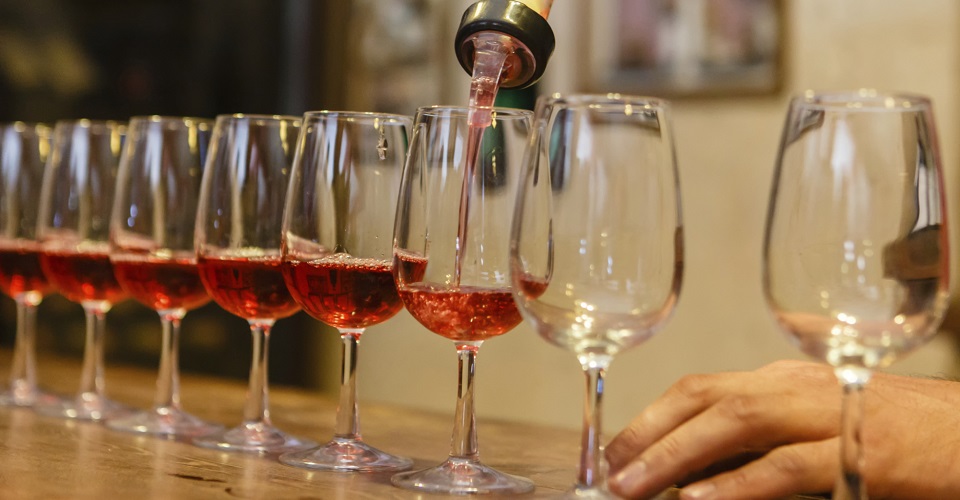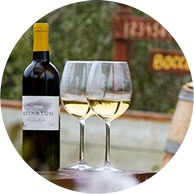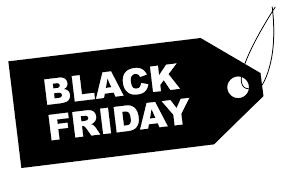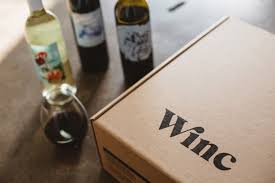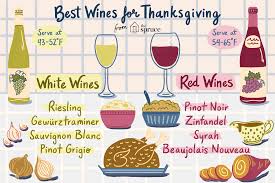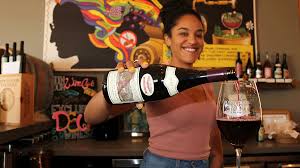With holiday buying kicking off with Black Friday and continuing through Cyber Monday, if wine or anything related to wine is on your shopping list, you need to know about influencers and affiliates.
In the new world controlled by social media, bloggers need no credentials and can write whatever they want to. But thanks to this bullshit notion of influencers, the outer limits of truth and objectivity are being explored.
For centuries, wine lovers have cited the phrase, “in vino, veritas.” That means that after a little wine, the truth comes out.
But now with a little wine in them, wine influencers are only out to obtain self- glorification, perks, and freebies. And the chance to make a few bucks.
So truth and objectivity are slipping away from the wine world. Posting a bottle photo on Instagram and exclaiming how great the wine is to one’s pod of followers is only a minor infraction. But if you have hundreds of followers, it might keep the free samples coming your way.
I recently met a “wine influencer.” It (neutral pronoun) did the hand quotation marks when introducing itself. The occasion was a weekend wine event and the “influencer” was invited to enjoy free meals, wine tastings, and at least two nights accommodations.
The meeting confirmed my suspicion a self-proclaimed wine influencer is a sleazy, talentless, free-loader who should be exiled to the next Fyre Festival. (Transportation not included).
But the situation becomes serious as influencers morph into something known as “affiliates” and these people are now taking wine writing and reviewing one major step down the slippery slope.
Much like influencer, the word “affiliate” is taking on a new definition.
While researching an article on wines for the holidays, I encountered a list of 32 wines recommended for Thanksgiving on the Oprah website.
That Oprah, the one person almost everyone still trusts for advice.
I did think the number 32 was odd, but then digging deeper, things really got my attention. When clicking on more information for specific wines, I was connected to something called “Drizly,” an app set up for selling and delivering many of the wines recommended.
Drizly which operates in all major cities, sent me to e-commerce sites like www.wine.com and wineaccess.com or to the wine producer’s website when I clicked on a specific wine.
And then I read this in the fine print on the footer page:
“Do you and your readers enjoy sippin’ on an adult beverage from time to time? If so, we’ve got good news: The Drizly Affiliate Program makes it easy to earn some extra cash through your website, blog or e-newsletter. Cash that could be used for, well, more of those adult beverages we all love. (You could also use it for other things…we guess.)
The nitty-gritty: You can earn up to 8% commission on all sales that are referred to Drizly from a tracked link placed on your site. You’re paid the first time a customer visits to make a purchase, PLUS any subsequent tracked purchases that customer makes for up to 30 days. Average orders are over $70, so those commissions can add up quick. Which means you’ll be ordering the fancy drinks for next weekend.”
As a consumer, Drizly sounds kind of cool to me. Sort of the Doordash for booze.
But Affiliates? Commissions? Money?
Then when reviewing www.winc.com for another post published last week, I ran into this on its home page:
Are you an affiliate looking to run the Winc Affiliate Program? Join now!”
This also got my attention and eventually helped me understand why winc is so highly rated in reviews of subscription type wine clubs.
A reviewer, aka an affiliate, any writer or influencer can enjoy the following perks:
- Earn up to $18 commission for every new subscription
- 10% revenue share on gift card, gift box, and shop purchases
- Variety of updated creative
Special coupons and seasonal promotional opportunities
- Performance and bonus incentives for our partners
- Opportunity to try Winc on the house!
Well, it seems this is the norm today, linking what appears to be advice to a seller like Drizly or winc for commissions. This goes way beyond the “refer a friend and get $20 off your next order.”
But just to be sure, I checked out other subscription wine clubs only to find some like the Cellars wine club that make even more lucrative proposals for affiliates:
- 15% commission, no joining cost.
- High average order of $192: That’s an average $28.80 commission on every order!
- Lengthy 120-day cookie: As long as one customer signs up for one of our clubs within 120 days of their first click-through, you earn a commission.
- Commission paid daily.
- Use our high-quality images and easy to share information to assist your promotion.
- Our staff is available to assist with individualized campaign strategies.
- Access to special promotions and incentive programs.
Yes, we are talking real bucks $$$ and, yes, it is widespread.
A few reviewers, sorry, affiliates, will fess up in the beginning, as did this one:
“This article includes affiliate links. That means we will be compensated if this Winc review convinces you it is the right wine club for you.”
Sometimes on other sites a disclaimer appears in tiny print as a link at the bottom of a website. Such as this one which touts winc:
“Just so you know, this post may contain affiliate links. Meaning I receive commissions for purchases made through those links, at no cost to you. Please understand that I have experience with all of these companies, and I recommend them because they are helpful and useful, not because of the small commissions I make if you decide to buy something.”
Or this one:
“The wine club offers that appear on our website are from wine club companies from which http://www.thewineclubreviews.com receives compensation. This compensation may impact how and where products appear on this site (including, for example, the order in which they appear). This site does not include all wine club companies, or all available wine club offers.”
Somehow it is worth noting the author who rated winc tops describes himself this way:
“The author of this site is not a professional wine taster but simply loves to cook as a hobby and is extremely passionate about it.”
How about those credentials? Well, hard to say if he’s passionate about wine or cooking. Or commissions.
But who cares. At least he didn’t describe himself as a “ wine influencer.”
Now some will say, “so what?” Websites can be so easily equipped with links and cookies that this is normal and no one is being harmed.
That reminds me of those famous words recently uttered, “Get over it.”
But I can’t get over it because, as you’ll see in my next post, wine is not just another consumer product and marketing through affiliates is becoming big business.
Just google “top wine affiliates program” and see what I mean.
